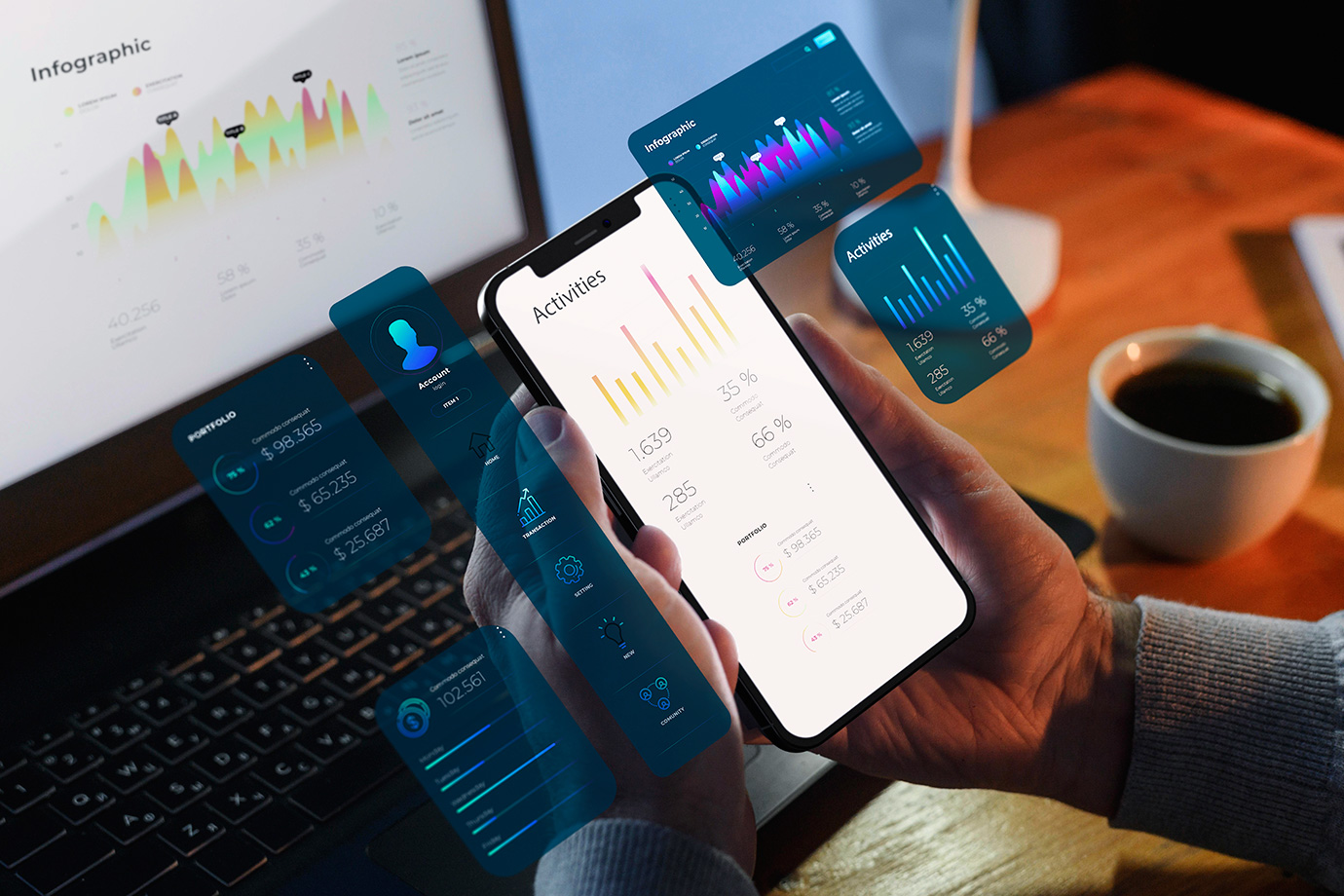Boosting Hybrid App Performance with .NET MAUI and Blazor: Best Practices & Strategies

30 Jun 2025
Blazor and .NET MAUI-built hybrid applications combine the strength of native performance with the adaptability of web technologies. However, that adaptability also brings difficulty. Without optimisation, users could see a slow user interface, higher memory use, or latency in interactions, particularly on devices with lesser specifications.
We'll go over the best practices for improving .NET MAUI + Blazor hybrid app performance in this article, guaranteeing seamless cross-platform functionality.
Understand the Architecture: .NET MAUI + Blazor
.NET MAUI (Multi-platform App UI) allows for cross-platform native app development. When combined with Blazor (which allows C# code to run in a web-like environment), you create hybrid apps where parts of your UI run in WebView.
Understanding this hybrid nature is critical:
- MAUI handles native performance and platform APIs
- Blazor (usually BlazorWebView) hosts Razor components
- Data-binding and rendering can cross between .NET and JavaScript bridges
This dual environment requires special attention to ensure performance is not compromised.
Best Practices for Performance Optimization
1. Minimize DOM Complexity in Blazor Components
Heavy Razor components with deeply nested HTML or too many child elements can slow rendering.
Tips:
- Break large components into smaller, reusable ones
- Avoid unnecessary re-renders using @key and ShouldRender()
- Use conditional rendering to reduce UI complexity
Reducing DOM depth is especially important for mobile platforms where rendering resources are limited. By optimizing component hierarchy, you ensure the UI remains responsive and lightweight.
2. void Frequent State Changes
Re-rendering can be expensive. If the state changes frequently, Blazor will repeatedly re-render components.
Tips:
- Batch UI updates where possible
- Use InvokeAsync(StateHasChanged) strategically
- Debounce input updates to reduce reactivity load
State management tools like Fluxor or built-in cascading parameters should be used carefully. Managing how and when state changes helps prevent unnecessary DOM updates.
3. Use Native Controls Where Appropriate
.NET MAUI provides access to native UI elements, which perform better than HTML-based components in many cases.
Tips:
- For performance-critical areas (like lists, maps, or camera), use native MAUI controls
- Use Blazor for logic-heavy or low-interaction UIs
Hybrid flexibility means knowing when to choose native controls over Blazor components. Native lists (like CollectionView) outperform virtualized HTML tables in terms of scroll performance and memory.
4. Optimize WebView Settings
Blazor content in a hybrid app is hosted in a WebView, which adds overhead.
Tips:
- Disable JavaScript if not used
- Set WebView caching and performance-related flags depending on the platform
- Avoid heavy CSS frameworks unless necessary
Avoiding WebView memory bloat is critical. Using lightweight styling, minimizing animations, and limiting synchronous calls across the JS bridge can yield noticeable performance gains.
5. Lazy Load Components and Resources
Loading all assets and components upfront increases startup time.
Tips:
- Use OnInitializedAsync() wisely to defer non-critical data
- Split large assemblies into separate projects/libraries
- Load images and heavy content only when needed
Lazy loading minimizes initial load times and improves perceived app performance. This is especially important for mobile users on slow networks.
6. Reduce Memory Footprint
Memory leaks or excessive memory use lead to crashes or sluggishness.
Tips:
- Dispose of unmanaged resources in Dispose()
- Avoid holding large objects in static memory
- Use WeakReferences for large objects if necessary
Track memory usage regularly using Visual Studio diagnostics. Memory-efficient coding practices ensure long-running sessions won’t degrade over time.
7. Monitor and Profile Regularly
Performance tuning is ongoing. .NET provides tools to analyze usage and bottlenecks.
Tools:
- Visual Studio Diagnostic Tools
- MAUI Performance Profiler
- .NET Memory Profiler or JetBrains dotTrace
Track:
- Render time
- Startup time
- Memory usage
- UI thread responsiveness
Real-world usage can differ significantly from testing. Use telemetry to capture performance metrics across platforms and app states.
Platform-Specific Optimizations
Android:
- Minimize the use of reflection and dynamic loading
- Optimize Gradle build configurations
- Limit WebView layer complexity
iOS:
- Pre-link assemblies to reduce startup time
- Avoid large bundles of static assets
- Reduce navigation depth in component hierarchies
Each platform has unique resource constraints. Customizing builds per OS reduces binary size and launch times.
Future-Proof Your App
Use AOT (Ahead-of-Time) Compilation
.NET MAUI supports AOT, which compiles IL into native code for faster performance. AOT reduces startup time and improves runtime responsiveness, especially for iOS apps.
Stay Updated
Always use the latest .NET MAUI and Blazor versions. Microsoft frequently releases performance improvements, bug fixes, and tooling enhancements.
Modularize Your Code
Use a component-based approach and isolate business logic into shared libraries. Modular apps scale better and allow for targeted optimization.
Final Thoughts
.NET MAUI and Blazor hybrid apps combine the best of both worlds—but also inherit challenges from both. Thoughtful architecture, regular profiling, and smart code practices can make your hybrid apps not just functional but delightfully fast.
By following the techniques discussed:
- You’ll deliver faster, more responsive apps
- Reduce crashes and performance bottlenecks
- Ensure scalability across platforms and devices
Need expert help with hybrid performance tuning?
Contact NanoByte Technologies for professional .NET MAUI development and app optimization.





